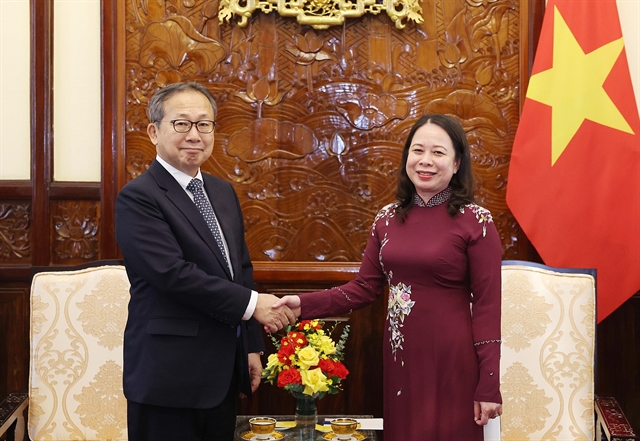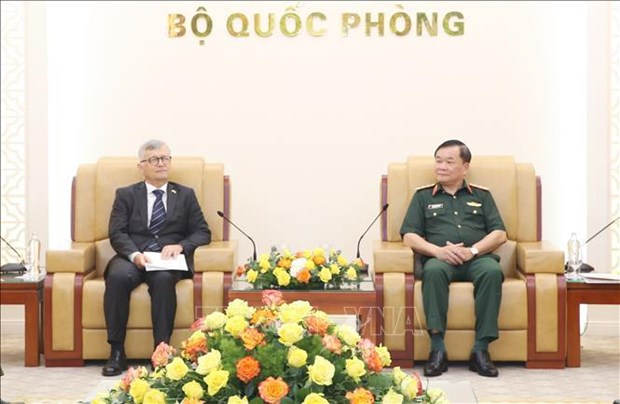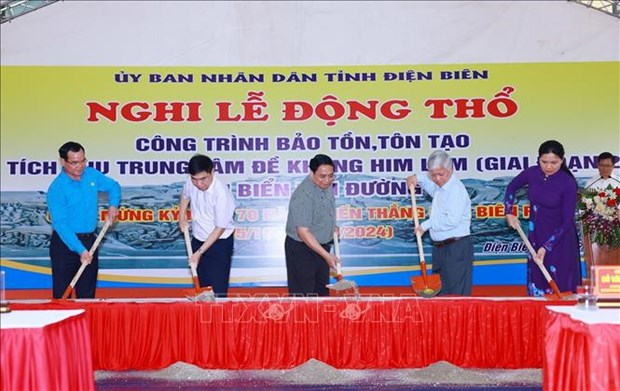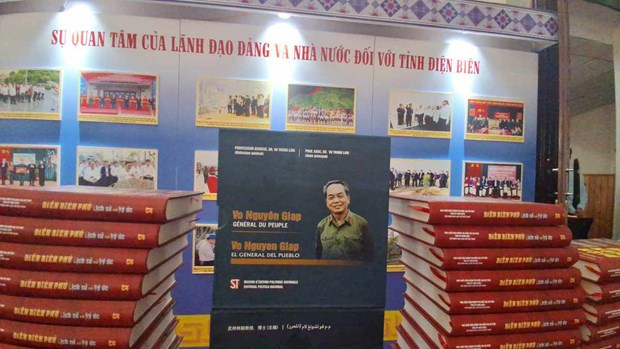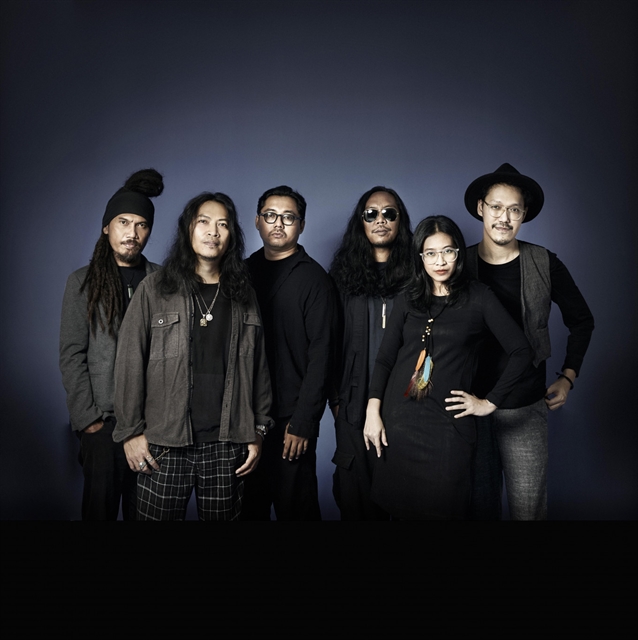 Life & Style
Life & Style

Hoàng Tùng is now one of very few mime artists left in Việt Nam. He is seen as the only one to hold solo shows.
 |
| Hoang Tung. — VNS Photo |
Hoàng Tùng is now one of very few mime artists left in Việt Nam. He is seen as the only one to hold solo shows.
Tùng keeps trying to develop mime in Việt Nam. Last year, his first show entitled The Mime Returns was a national hit.
Tùng has been invited to perform with Belgian mime artist Jean Louis Danvoye at the Huế Festival next month.
Culture Vulture interviews Tùng about his work and the development of mime in Việt Nam.
You are seen as the only active mime artist in Việt Nam. Do you know why this is so? What are the difficulties that you face?
It is difficult to say why it is so. I think there are very few artists pursuing this profession. I know there is no other mime artist in Việt Nam performing solo like me.
The art of mime is one that involves personal creativity, depending on each artist. I face many difficulties as a mime artist. For instance, my colleagues are few in number and we don’t have professional association.
The first mime artists of Việt Nam have retired. At my Youth Theatre in Hà Nội, there is one young mime artist who entertains children. In HCM City, I know actor Hoàng Minh who does mime as a small part of an art show.
The small number of mime artists cannot promote the art of mime of a country. We seem to be disconnected with the art of mime in the world.
Vietnamese spectators have not seen mime for a long time. They don’t seem to know about mime in Việt Nam and don’t have a demand to see it.
What makes you determined to pursue mime?
I never think of quitting my job. I started doing mime when I was nine and learnt from veteran artists. But my passion for mime was not steady. There were many reasons. First, I was not inspired. At that time, I was still young and was not able to find a way to develop my career.
Only after Japanese mime artist Iimuro Naoki came to perform in Việt Nam in 2011, did I know what a solo mime show was. I think it was a milestone in my career. Before the Japanese artist’s show, I just performed old repertoire and did not know how to develop basic mime gestures into new work.
Since then, I have understood that mime is not about old repertoire. I began studying mime on the Internet and bought DVDs and books by foreign artists.
I have to mention the support provided by the Youth Theatre where I’m working and the Japan Foundation. I did a three-month course in Japan. Under the course, I got a chance to work with Iimuro Naoki. He inspired me a lot.
Do you feel lonely and discouraged for being the only artist to develop mime in Việt Nam?
No, I don’t because it is my passion. But I want to have more mime artists to develop diversified performing styles and creativity. I think if people watch only me, it will be not good. Art usually needs different colours and individual creativity.
Could you tell something about the training of mime artists in Việt Nam?
As I mentioned above, I studied mime from the first Vietnamese mime artists. They were trained in the Soviet Union.
At present, there is no school teaching mime in Việt Nam. It is taught as part of the performing arts curriculum in art schools. I think one of the main reasons for that is that mime is a special art. Not many people want to become a mime artist because it is not a popular choice.
Last year, you excited the national stage with a solo mime show entitled The Mime Returns and Suỵt (Shhh...) in Hà Nội. Is it a good sign for mime artists in Việt Nam?
I hope it is. I received positive feedback from spectators. They liked my shows, which made them laugh and cry. They were surprised at the shows and said they wanted to see it again and wait for a new show.
I think it is time to bring mime back.
Some young people even asked me where they could learn mime. — VNS



